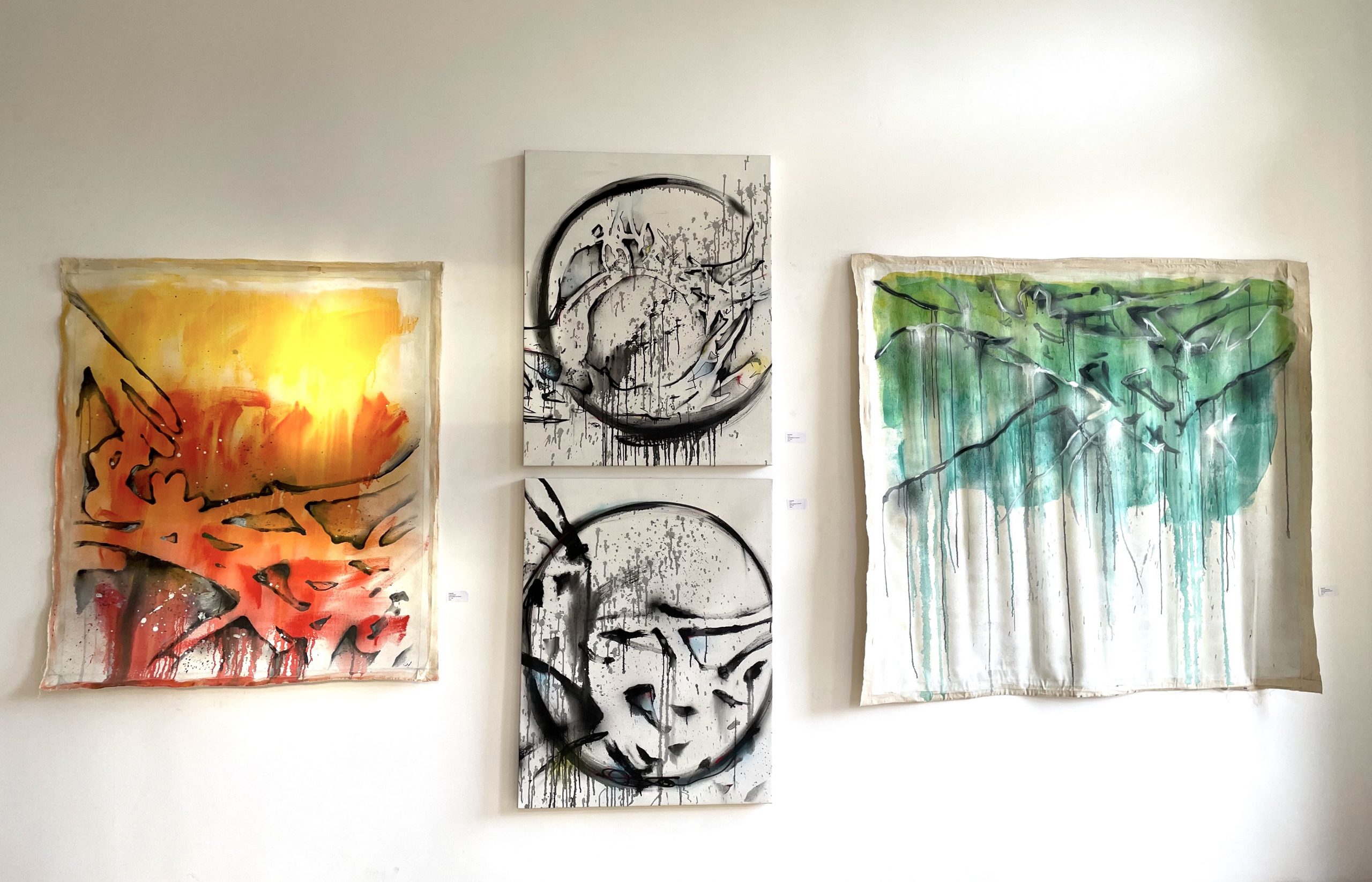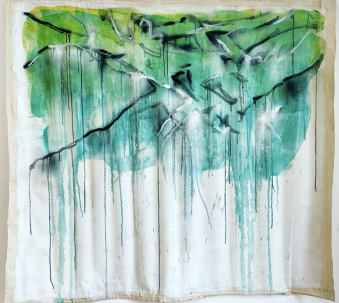Roberto Gualtieri, also known as COCO 144, is a master of a generation of writers, artists, and dreamers. One of the first ‘Writers’ of the late 1960s, COCO 144 embossed New York City subway cars, underground tunnels, and concrete walls with his spray-painted pen name—inspired by a popular Puerto Rican pet name and the street that he grew up on in Manhattan, 144th street. His art lives on, both literally and figuratively, throughout the hollows of New York City.
Growing up in the late ’60s with the backdrop of the evolving Civil Rights Movement, the Vietnam War, and growing class disparities, young adolescents found an outlet for these anxieties through their artistic expression all across the city that in part raised them. Their art, often ridiculed and policed, showed the tensions between the youths’ yearning for creative freedom, against the lack of resources and encouragement allowed to them.

COCO144, emboldened by his peers, was one of the first to use stencils to sign his work. Rather than shy away from an activity considered highly illicit at the time, the artist stamped his name alongside the art. Whilst living within a system that sought to push out the marginalized, COCO began to write his name and claim ownership of the art. In an environment that was attempting to erase one’s existence, to do so was an inherently political act.
In 1972, COCO made the decision to legitimize the urban style of art. He helped found United Graffiti Artists (UGA), which attempted to transfer ‘writers’ from subways to art galleries. The group had much success, as various artists were featured in exhibits across the country throughout the ’70s. His work helped establish urban art and elevated it as a global cultural phenomenon. Working alongside PHASE 2 and other ‘wildstyle’ artists, COCO continued painting and stenciling, spreading the written messages to communities who could relate to the experiences and emotions evoked by the works.
Since then, the art form has become an intrinsic part of New York City, as well as many other metropolitan areas. COCO’s work, in particular, has taught future generations of artists and creators the importance of the individual. This art movement was built by people who believed that their voices deserved to be heard, that their names deserved to be seen.



